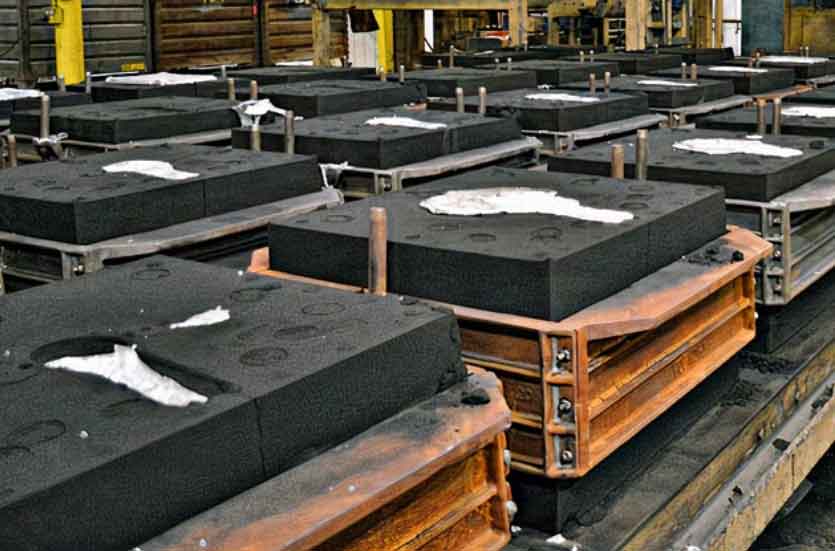
Resin sand casting is indeed a cost-effective and sustainable metal fabrication process. It is a popular method for producing complex metal parts, especially in industries such as automotive, aerospace, and general engineering. In resin sand casting, a mixture of resin and sand is used as the mold material, offering several advantages over other casting methods.
Cost-effectiveness:
- Low tooling costs: Resin sand casting requires relatively simple and inexpensive tooling compared to other casting processes like investment casting or die casting. This makes it a cost-effective choice, especially for small to medium production runs.
- Material efficiency: Resin sand casting allows for minimal material waste. The sand can be reused multiple times, and excess resin can be recycled or reclaimed, reducing overall material costs.
- Flexibility in part size and complexity: Resin sand casting is suitable for both small and large parts, offering flexibility in terms of size and complexity. It eliminates the need for expensive and time-consuming machining operations, further reducing costs.
Sustainability:
- Reusability: The sand used in resin sand casting can be recycled and reused multiple times, reducing the need for fresh sand and minimizing waste. It helps conserve natural resources and reduces the environmental impact.
- Energy efficiency: Compared to some other metal fabrication methods, resin sand casting requires relatively lower energy consumption. This contributes to reducing the overall carbon footprint of the manufacturing process.
- Reduced emissions: Resin sand casting typically utilizes organic binders or resins, which have lower emissions compared to other binders used in traditional sand casting methods. This makes it a more environmentally friendly choice.
While resin sand casting offers cost-effective and sustainable advantages, it also has some limitations. It may not be suitable for high-volume production due to the longer production cycle times compared to processes like die casting. Additionally, the surface finish of resin sand cast parts may not be as smooth as those produced by other methods, requiring additional finishing operations if a higher surface quality is desired.
Resin sand casting is a viable option for many metal fabrication applications, providing a balance between cost-effectiveness, sustainability, and part complexity.
